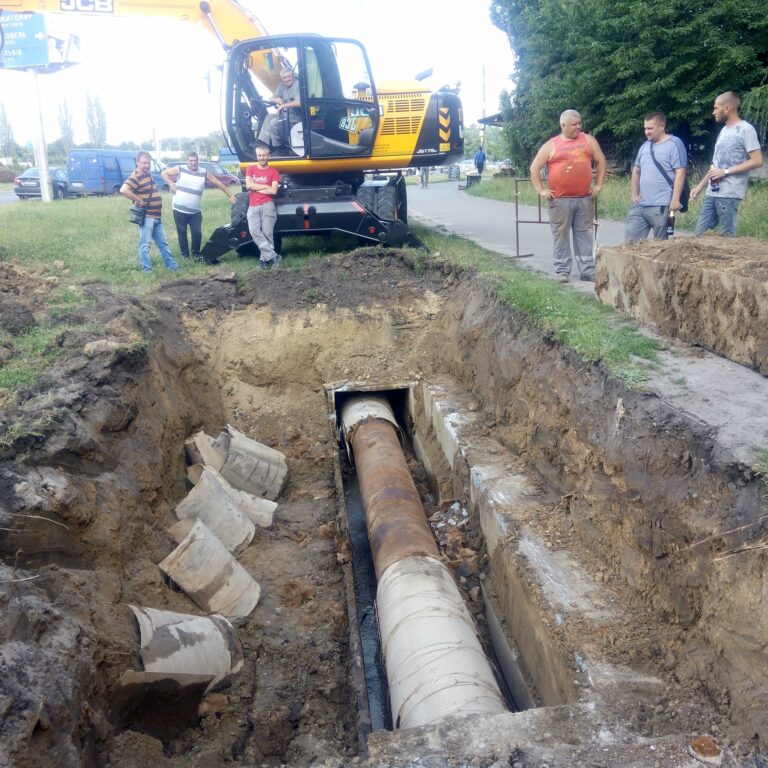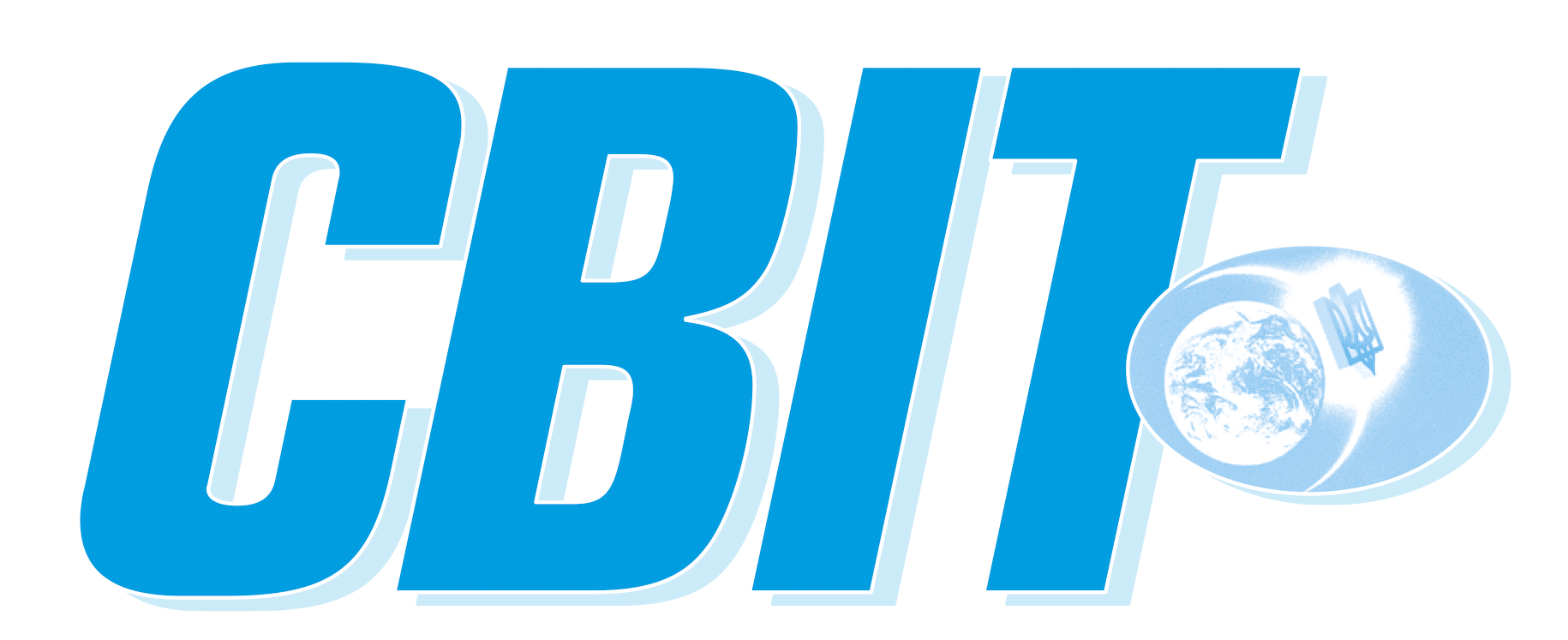In August 2021, consumers once again began to complain en masse about the quality of piped water. For a couple of weeks, the topic was actively discussed in the media. Then journalists and citizens switched to other topics, and the quality of water and the search for a way out of the water crisis was again left to specialists. Such as Tetiana Mitchenko, Doctor of Technical Sciences, Professor of the Department of Technology of Inorganic Substances, Water Treatment and General Chemical Technology of NTUU ” Igor Sikorsky Kyiv Polytechnic Institute”, President of the All-Ukrainian Water Society WaterNet. We asked her about the water situation and how to get out of the crisis.

– Ms. Mitchenko, we are constantly intimidated by the prospect of buying water from other countries and receiving it on coupons. Is this a real prospect?
– Did many people believe 30 years ago that such a vast market for bottled drinking water, various filters, purification plants, etc. would develop? This is part of the answer. Besides, there is statistics, figures, trends. Sweden ranks #1 in the European ranking of water supply. They have 24 thousand cubic meters of water per capita per year. In Europe, the average water supply is 8.6 thousand. While each Ukrainian has only 1.2 thousand cubic meters.
In terms of the regions of Ukraine: the best situation is in Transcarpathia, where the average water supply meets international standards, it is 6 to 15 thousand cubic meters per person per year. Intermediate level of water supply (2.5-6 thousand cubic meters) is in Ivano-Frankivsk and Chernihiv regions. Low (1.7-2.5) – in Lviv, Volyn, Rivne, Zhytomyr (i.e., just all the zone of Polissya, except Kyiv region, because here Kyiv is added with its largest urban population) and Sumy regions. Ternopil, Chernivtsi, Khmelnytsky, Vinnytsia and Poltava regions are a zone of very low level of water supply (1-1.7). The rest of the country has a catastrophically low water supply, less than one thousand cubic meters.
– Your information convinces and disturbs.
– Well. It is a water crisis. In Ukraine and globally. Its main three features are a shortage of drinking water reserves; deterioration of its quality; destruction of infrastructure. The ways to overcome these subproblems have long been known. Firstly, reduction of water consumption and use of alternative water sources (sea and sewage). Secondly, local water treatment (instead of or in addition to centralized water treatment). The third way is the restoration of infrastructure and the creation of decentralized sources.
An interesting “layout” is the use of superficial/ground water for drinking water supply. A quarter of Ukraine’s population does not have centralized water supply and uses either artesian wells or water wells. Of these, a total of almost 0.6 cubic kilometers is supplied every year. It is typical for villages, settlements and small towns.
Population of megapolises with centralized water supply, consume 1.4 cubic kilometers per year. In their water mains they mostly use river water, although there is a little artesian. The Dnieper gives 71 percent of all river water. Next is the Siversky Donets – 12 percent. The Danube, Dniester and Southern Bug give 8, 4 and 2 percent, respectively.
In general, rivers provide us with water by more than 80 percent. Another 13 percent are groundwater and 6 are seawater. Pre-desalinated seawater is commonly used in Ukraine for technological purposes. An example is the Odessa port plant.
These are statistics of water extraction both for drinking water supply and for the needs of other economy sectors. In general, water consumption has decreased in recent years. In 2012, Ukraine consumed 14.6 cubic kilometers, and in 2019 – 11.1. It would seem that we should be happy, but in reality, it did not happen because of the best technology or austerity policy. It is simply impossible to include information fom the temporarily occupied territories of Donbass and Crimea in the calculation of 2019.
The losses of drinking water are huge. In 2012, 2.3 cubic kilometers were lost during transportation. Of these, 50 percent of losses are in housing and communal services, and 25 percent in industry and agriculture. In 2019, only 1.1 cubic kilometers were “lost”. It seems good, but the reason is just a general reduction in water use. Calculation of relative indicators shows that the situation has even worsened. Losses in housing and communal services amount to 68 percent. In industry and agriculture, 17 and 15 percent, respectively. You can that the figures have decreased. These sectors have started to save due to rising tariffs for drinking water, which makes its misuse unprofitable.
– Let’s take a closer look at what is happening in housing and communal services…
– In 2019, housing and communal services used two cubic kilometers of water from various sources for their needs. Only three quarters of this volume – one and a half cubic kilometers – were supplied to the water supply network. But the consumer received even less – 1.3 cubic kilometers. Losses equal 0.7 cubic kilometers. It is a third part!
One of the reasons I have already mentioned is the destruction of water infrastructure. In 2012, we had 135.3 thousand kilometers of water supply networks. In 2019 – 120.3 thousand. Replacements (not repairs, but replacements!) were needed for51 and 46 thousand kilometers, respectively. However, only 999 (1.9 percent) and 1060 (2.3 percent) kilometers were replaced. One of the reasons is lack of funds. $ 50 billion is needed to renovate our water networks!
– What are the possible sources of funding? How do they resolve the problem abroad?
– The Germans reconstruct their networks at the expense of public funds and/or special funds. However, in most countries, even in such advanced economies as the United States, the problem of water infrastructure restoration is as topical as in our country, also because of lack of funds. In Ukraine, it is scheduled to spend almost 17 billion hryvnias within the framework of “Ukraine’s Drinking Water 2022-2026” program. On the one hand, it is only one percent of the amount needed for the reconstruction of water supply networks. On the other hand, there are many other problems, such as the upgrade of water treatment technologies, whose solution also requires significant investment. However, this one percent is more than nothing.
– Consumers often complain about the quality of tap water. Is it safe to drink this water and water from other sources in Ukraine?
– We have the State sanitary norms and rules “Hygienic requirements to potable water intended for human consumption” (DSanPiN 2.2.4-171-10. – ed.). They regulate the content of 86 pollutants. 11 of them are sanitary-bacteriological, and 75 are sanitary-chemical indicators. However, it is far from the strictest rules, because, for example, the US Environmental Protection Agency’s Drinking Water Act of 1974 regulates the content of almost 100 pollutants in water. But our norms are “not very well” fulfilled. According to the National Report on the quality of drinking water and the state of drinking water supply in Ukraine, we have a significant increase in non-standard samples – i.e., those that do not meet the “Hygienic requirements”. In 2014, 15.5 percent of samples taken from wells were non-standard in terms of sanitary and bacteriological indicators, and 2.2 – in municipal water supply systems. But in 2019 we have 24.6 and 5.7 percent, respectively. As to sanitary and chemical indicators, the situation is also sad. There are almost a third of non-standard samples in wells both in 2014 and 2019. The percentage has increased in municipal water supply systems: from almost 11 in 2014 to more than 17 in 2019.
– Why does it happen?
– Water quality depends not only on treatment technologies, but also on the quality of the primary source, i.e., river water, ground water and underground water. Adverse changes in primary sources are mainly caused by rising temperatures due to climate change, reduced water exchange/flow, and chemical pollution, including phosphates and nitrates. If you “keep” water in nature clean, you will need less reagents for its purification, less energy, fewer stages, less costs. Where the state and society pay more time and attention to the purity of water sources, spend more money on it, there drinking water will cost less to the final consumer, there will be smaller amounts in payment documents.
Sometimes it happens that the quality of water at the outlet of the water treatment plant is good or satisfactory, however, a brown or other colored water filament flows from the tap. It may be caused by wear and tear of water supply networks due to water pollution during transportation. It may happen either at the stage from the water treatment plant to home networks, or in the house itself.

Every day we analyze water taken from three taps in the Chemical building of the National Technical University “Igor Sikorsky Kyiv Polytechnic Institute”, in the laboratory of the Center for Modern Water Technologies, which began operating in July 2021 at the Faculty of Chemical Technology. In July, for example, we recorded an excess of total iron, aluminum, color, permanganate oxidation. In our opinion, this happened due to the flowering of water in the Dnieper and Desna. After all, the lion’s share of water the capital receives from these rivers. Water quality indicators deteriorated significantly and the water utility was forced to add more reagents, in particular, aluminum compounds.
– How can we save ourselves? Where shall we get good drinking water?
– I do not want to analyze the situation with bottled water now, this is a separate subject. As for improving the quality of tap water – there are many ways and technologies. If we talk about individual methods, there are different filters, from those that are inserted into a special jug, to the nozzles on the tap. There are household reverse osmosis units, etc. If it is a case of the community of a village, town, settlement, housing estate, if we speak about water supply for food industry enterprises, catering establishments, then there is also a line of modern equipment for water treatment and additional purification. They are based on reverse osmosis, ultrafiltration, electrodeionization, traditional technologies, etc.
But let me remind you once again that keeping the actual sources of water supply in good condition is both a saving of money for treatment and care for the environment. Indifference and respect for nature will always pay off.
Oleg LYSTOPAD conducted this interview.
Svit newspaper, № 41 – 42, November 2021
